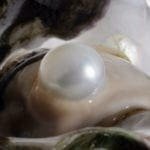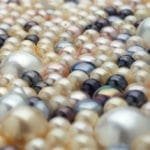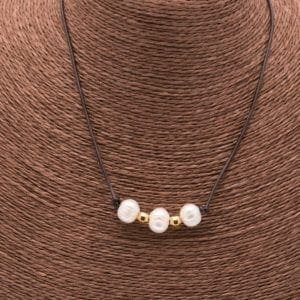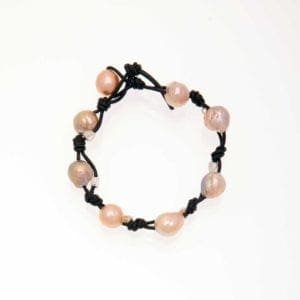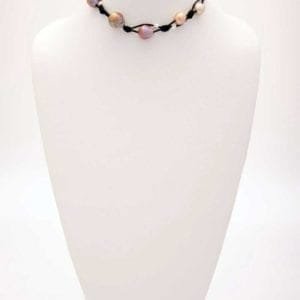Pearls have been valued for centuries, for their luminescence and beauty. Besides the value of their intrinsic beauty, pearls have been deemed valuable because of their scarcity and the difficulty, historically, in finding and acquiring them.
Unlike other jewels, pears are not minerals that grow in the earth. Rather, pearl’s arise organically, created by mollusks, that spread nacre over an infiltrating organism that penetrates the mollusk’s shell.
Only a small percentage of mollusks make pearls and only a small percentage of those make jewels of a sufficient size and quality that they would be deemed usable. Today, a lot of pearls are cultured, that is acquired by artificially inducing the state wherein mollusks in the wild would make pearls.
Pearls come in varying colors. They also have an overtone, or glint, which is particularly notable in saltwater pearls. Besides Saltwater Pearls, there are Freshwater Pearls, South Sea Pearls, Golden South Sea Pearls, Tahitian, or Black Pearls and Akoya Pearls.
Key Takeaways:
- Besides their many colors, pearls have an overtone, or glint, which is particularly visible in saltwater pearls.
- Unlike other gemstones, which are formed in the earth, pearls are made organically from mollusks, reacting to an organism that penetrates its shell mantle.
- Akoya pearls, which come from China and Japan, are consistently round, mirror-like, naturally white and possessed of a metallic luster.
“Pearls have been highly valued as gemstones since antiquity, and their allure and beauty has always been magnified by the difficulty of obtaining them in early times.”
Read more: https://www.minerals.net/gemstone/pearl_gemstone.aspx


